Whether you’re a history geek or just curious about Canada’s past, there’s no better place to start than visiting these historical sites. Like a living time capsule, each site offers unique insights into the various histories, cultures, and tales that comprise Canadian history. Here’s our guide to the must-see historical sites in each province, from archeological sites to century-old markets in Canada.
Chinatown and Fan Tan Alley – Historical Sites in Canada
British Columbia, Victoria
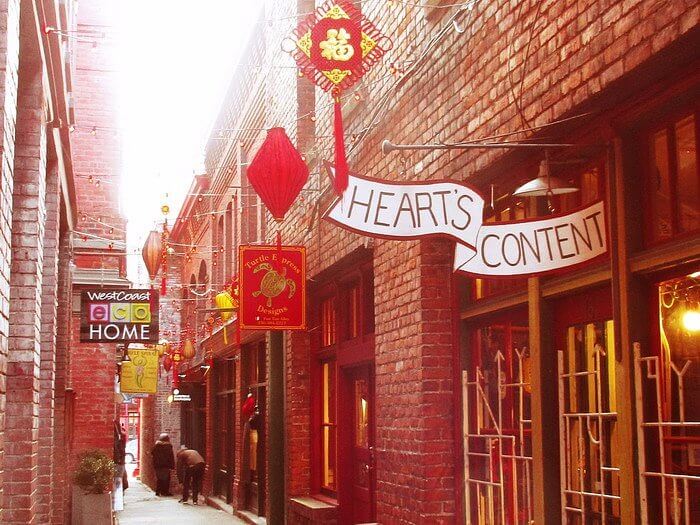
Your first stop in British Columbia’s capital should be a stroll through Victoria’s Chinatown, the country’s oldest surviving Chinatown and one of the few in North America where the original buildings remain. It was a key entrance point for thousands of Chinese immigrants seeking employment in gold mines and on the Canadian Pacific Railway from the late 1850s to the 1880s. The district, which once housed Canada’s largest Chinese colony, was named a National Historic Site in 1995 for its significance in Chinese-Canadian legacy. Today, its peculiar arrangement of alleyways and passageways—including Fan Tan Alley, the country’s smallest street—remains an important element of the neighborhood.
Don’t miss Best things to do in Winnipeg – Canada’s hidden treasure
Head-Smashed-In Buffalo Jump
Fort MacLeod, Alberta

The Head-Smashed-In Buffalo Jump—estipah-skikikini-kots in Blackfoot—is a bucket-list trip for its spectacular natural setting as well as its historical and archeological value. It is one of only 20 UNESCO-designated World Heritage Sites in Canada. Indigenous peoples of North America’s Great Plains used these cliffs to hunt bison for thousands of years. This cooperative hunting approach drove the animals over the leap, where they were killed for food, clothes, and shelter. Discover one of the world’s best preserved and largest sites, with an estimated 20 to 40 million buffalo bones and 100,000 stone weapon points.
Niagara Parks Power Station – Historical Sites in Canada
Niagara Falls, Ontario
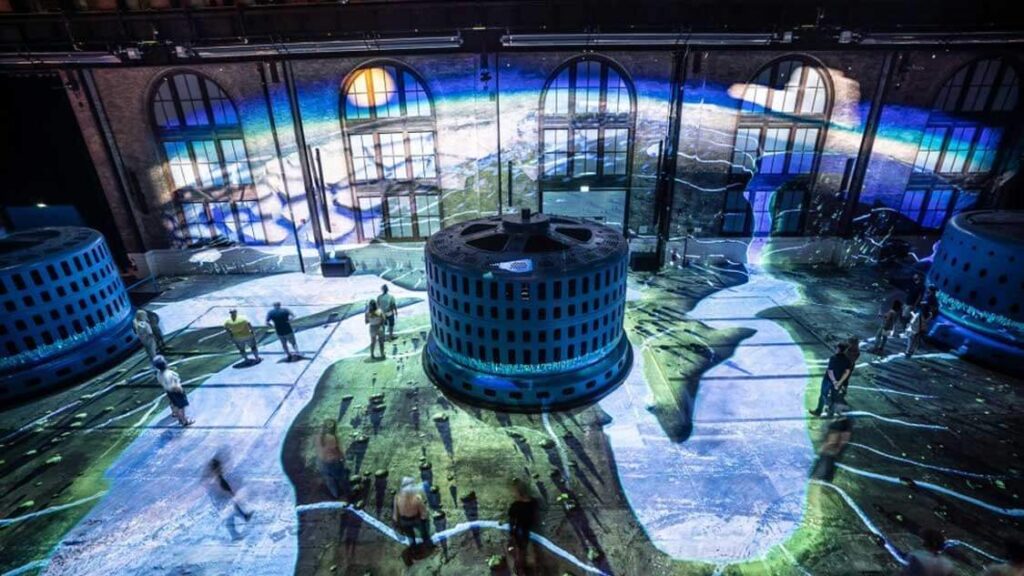
The Niagara Parks Power Station, the first large power plant on the Canadian side of the Niagara River, offers an immersive and participatory experience. Learn about the physics of hydropower while viewing the gorgeous interior features such as the Romanesque-style circular window arches and water-filled courtyard. The initial facility opened in 1905 to harness the power of the iconic Horseshoe Falls for hydroelectricity, which served Fort Erie and Buffalo. The factory was decommissioned in 2006, but thanks to a multimillion-dollar refurbishment, it will reopen in 2021.
You’ll also want to read Facts You May Not Know About French Culture In Canada
Saskatchewan Legislative Building
Regina, Saskatchewan

The Saskatchewan Legislative Building, located in Regina, is a must-see historical site for both its imposing exteriors and the peek it affords into the inner workings of Canadian politics. The colossal structure was built from 1908 to 1912 by Montreal architectural firm E. & W.S. Maxwell, one of Canada’s largest and most influential at the time. It is a combination of numerous European architectural styles. When you look closely at the symmetrical façade, you’ll notice elements of the English Renaissance influenced by St. Paul’s Cathedral in London mixed with the French Beaux-Arts heritage as seen at the Palace of Versailles and Les Invalides in Paris. The building and its grounds were named a National Historic Site in 2005 as an emblem of the province’s and its people’s desire.
The Forks National Historic Site – Historical Sites in Canada
Winnipeg, Manitoba
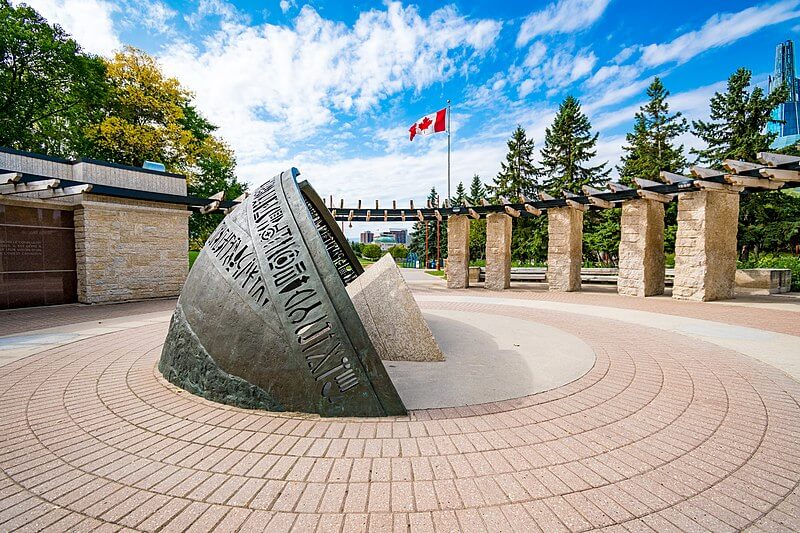
The Forks National Historic Site, located in the center of Winnipeg at the confluence of the Red and Assiniboine Rivers, has witnessed almost 6,000 years of Canadian history. With the two rivers serving as significant transportation arteries, The Forks served as a meeting and trading place for several First Nations groups, as well as a fishing camp and town. As the site of trade forts, a Hudson’s Bay reserve, and a large railway yard in the nineteenth and early twentieth century, it laid the groundwork for growth into western Canada. The Forks is just as busy today, with plenty of sights to visit.
Here are 10 Stunning Places To Learn About Canada’s First Nations Culture
Grosse Île and the Irish Memorial National Historic Site
Grosse Île, Quebec
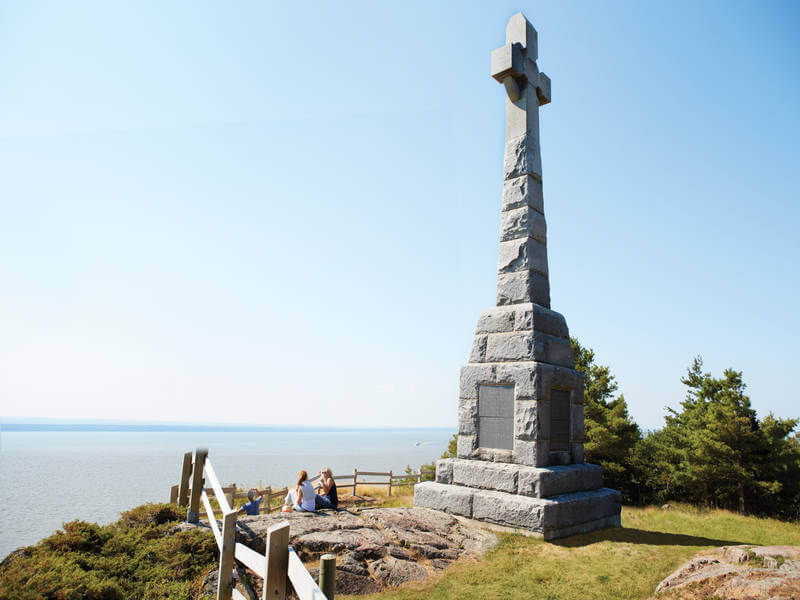
This three-kilometer-long and one-kilometer-wide island in the middle of the St. Lawrence River was formerly the primary entry point into Canada for almost four million immigrants. Grosse Île served as a quarantine facility for the port of Quebec from 1832 until 1937 in an effort to prevent the spread of dangerous diseases. As a result of the Great Potato Famine in the mid-nineteenth century, an influx of Irish immigrants came on the island. The Grosse Île Memorial, was opened in 1998, commemorates the thousands of immigrants and station personnel who died there.
Saint John City Market
Saint John, New Brunswick
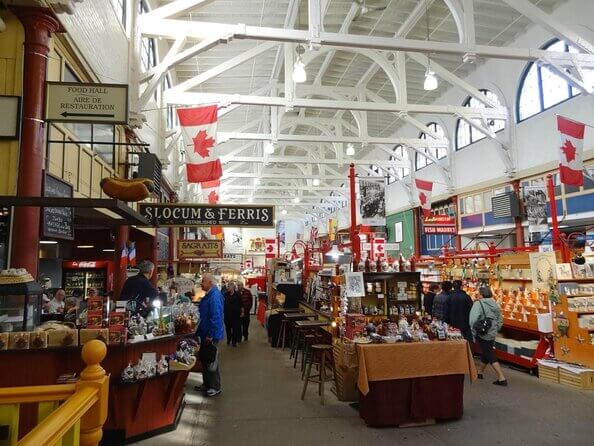
A trip to the Saint John City Market is like taking a trip back in time. It is Canada’s oldest continually operating farmers’ market, having been built between 1874 and 1876. The structure narrowly avoided being destroyed by the Great Saint John Fire in 1877, which devastated two-fifths of the city. It’s a unique surviving example of a 19th-century building intended expressly for a market, designed by New Brunswick architects McKean and Fairweather in the Second Empire style, with rich elements including a classically designed cornice and elaborate iron gates. In 1986, it was named a National Historic Site.
Province House National Historic Site – Historical Sites in Canada
Charlottetown, P.E.I.
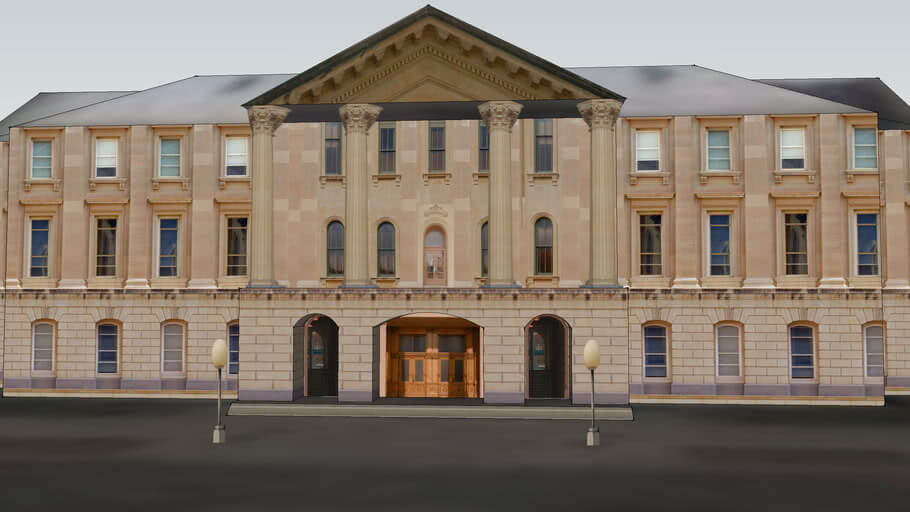
Even if you’ve never heard of this historical site, you’re definitely familiar with the events that occurred here more than 150 years ago. Representatives from the British North America colonies assembled within Province House in 1864 for the Charlottetown Conference, unaware that their discussions would eventually lead to Canada’s Confederation. Built in the neo-classical style of Maritime sandstone, it became the seat of the provincial legislature and is today one of the world’s oldest parliamentary structures in service. Although the property has been closed for restoration work since 2015, visitors can still appreciate this time capsule of Canadian history from the outside.
Grand-Pré National Historic Site
Grand-Pré, Nova Scotia
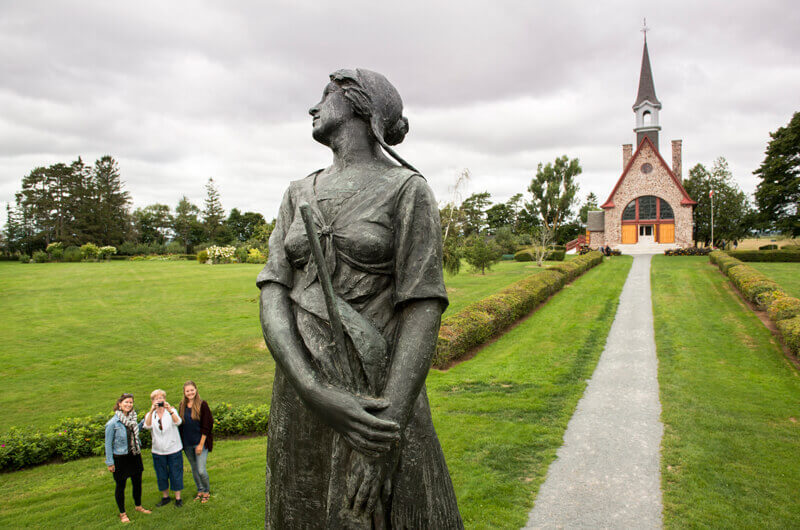
Discover the stories of the Acadian people amid this UNESCO World Heritage Site’s 1,300-hectares of farm fields, marshes, and dykelands. The Grand-Pré National Historic Site is steeped in history, commemorating Acadian settlement from 1682 to 1755, including Le Grand Dérangement in the following decade, during which they were deported by the British. This region serves as a testament to the Acadian diaspora’s heritage and culture for many. Visitors from all over the world have come to visit the statue of Evangeline, the protagonist of Henry Wadsworth’s famous poem “Evangeline: A Tale of Acadie,” which was inspired by the events of the deportation. The Evangeline Trail, which connects all of these historical sites, is a great way to see them all.
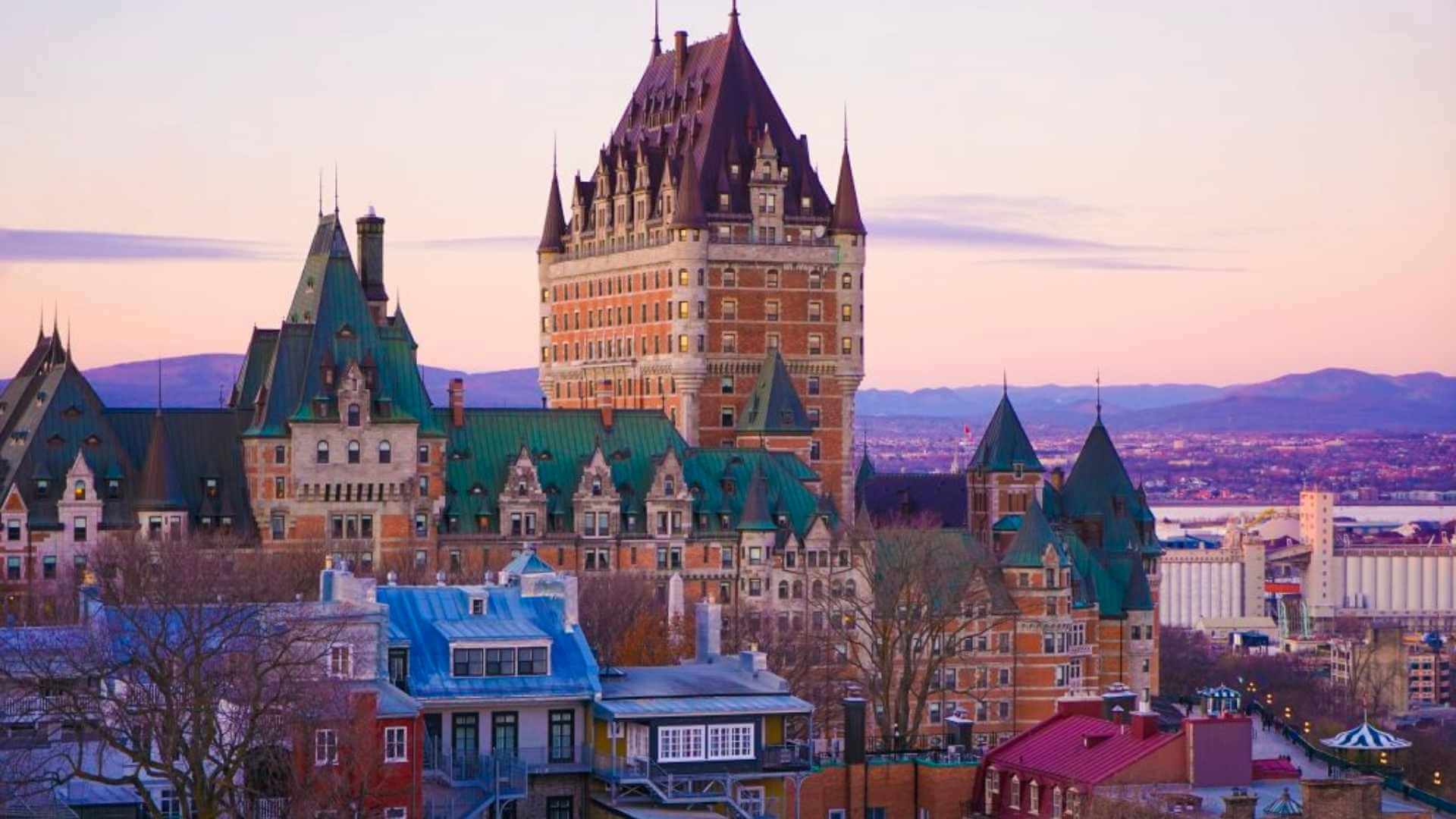
Pretty nice post. I just stumbled upon your blog and wished to say that I’ve truly enjoyed surfing around your blog posts. In any case I抣l be subscribing to your rss feed and I hope you write again soon!